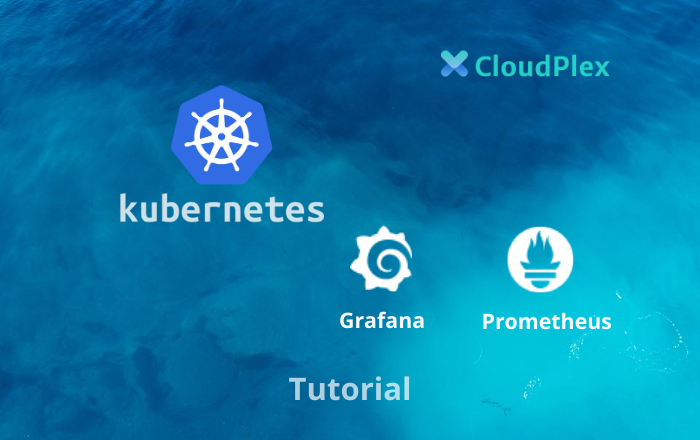Prometheus, Grafana, and Kubernetes are three different platforms you can integrate with each other to work as one and help you visualize your data and manage it better than ever.
This is a detailed guide on how you can monitor Kubernetes using Prometheus and Grafana. The very first step to doing that is knowing more about our technology. Let’s start with Kubernetes.
Kubernetes
Kubernetes was announced in mid-2014 by Google as an open-source platform that combines over 15 years of Google’s experience running production workloads.
If you are using Kubernetes or are looking to use it, then you are obviously willing to manage your containerized workloads and services using an extensible, open-source, and portable platform that can facilitate automation along with declarative configuration.
In simple words, to manage and discover your application easily, Kubernetes groups the containers of the applications that make it up into logical units.
There are different features of Kubernetes like self-healing, storage orchestration, secrets and configuration management, and service topology. Learn how to get started with Kubernetes by reading our recent blog post.
Prometheus
SoundCloud initially built Prometheus, but this technology has been used in many organizations now. It is an open-source alerting and monitoring toolkit and has a very active user and developer community. Since it was launched in 2012, it is now a standalone open-source project and is maintained without or independent of any company.
Prometheus is ideal when recording a purely numeric time series. Whether you are looking to monitor a highly dynamic architecture that is purely service-oriented or wants something for machine-centric monitoring, this would be the way to go.
Some of its main features include:
- multiple modes of graphing
- a multi-dimensional data model
- no reliance on data storage
#cloud-computing #docker #kubernetes #containers #development
